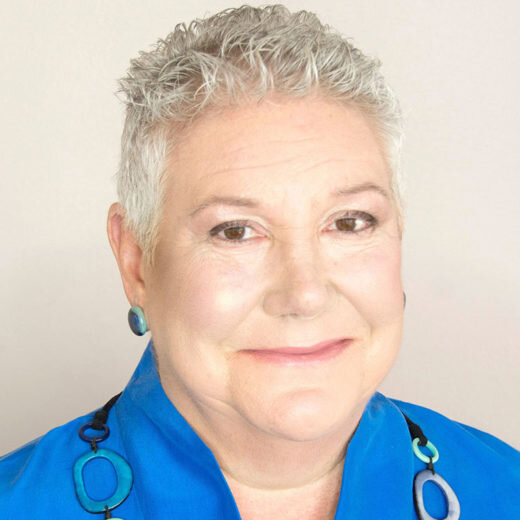Sandi Marra
President & CEO, Appalachian Trail Conservancy
The Basics
Company Name: Appalachian Trail Conservancy
Location: Harpers Ferry, WV
Founded: 1925
Full-Time Employees: 56
The mission of the Appalachian Trail Conservancy is to protect, manage, and advocate for the Appalachian National Scenic Trail. People from across the globe and in nearby communities are drawn to the Appalachian Trail for a variety of reasons, such as connecting with nature and self, escaping the stress of city life, meeting new people or deepening old friendships, or experiencing a simpler life.
Social: Instagram , Facebook
Claim to Fame: The Appalachian National Scenic Trail is the longest hiking-only footpath in the world, measuring roughly 2,190 miles in length. The Trail travels through fourteen states along the crests and valleys of the Appalachian Mountain Range, from its southern terminus at Springer Mountain, Georgia, to the northern terminus at Katahdin, Maine.
The Culture
DEMOGRAPHICS:
Women 48%, Men 43%, Non-binary 2%, Decline to state 5%, Not transgender (cisgender) 2%.
Asian/Asian Americans/Pacific Islanders 3.6%, Black and Multi-Racial 1.8%, Decline to state 5.4%, Hispanic/Latino/Latina/Latinx 1.8%,
Multi-Racial or Multi-Ethnic 5.4%, White/Caucasian/European 82%.
The best thing about working at Appalachian Trail Conservancy is:
The Appalachian Trail Conservancy (ATC) is full of enthusiastic and passionate individuals who work to maintain and protect the Appalachian Trail (A.T.). There’s no greater satisfaction and joy than in interacting with people who share a passion for the A.T.
When we’re not working, we’re:
You’ll find many volunteering right on the Trail that they work for. You’ll also find us dancing, cooking, playing music, skiing, and so much more – anything that connects us to our families, friends, and communities.
What we’re reading:
We Were There Too, Stories of Pioneering Appalachian Trail Women. The title says it all. Written by Gwen Loose, and soon to be released and published by the ATC, the book shares the stories and perspectives of women who have contributed to the creation, maintenance, and ongoing protection of the A.T.
What we’re listening to:
The newest song by Stefan Moss, written to celebrate NextGen Forest Ambassadors and the stewardship projects these young people developed after a sharing a virtual summit together: https://www.youtube.com/watch?v=U5M8sGSW17Q
If they made a movie about our workplace, it would be called:
The Story of the Organization that Built and Continues to Manage and Protect the Appalachian Trail for Nearly a Century
Inclusion in the outdoors matters because:
Access to outdoor spaces, such as the Appalachian Trail, should be considered a basic human right. Spending time in nature lowers stress, improves health, builds self-esteem, increases academic performance, and builds important individual and community connections. Our public lands are shared assets and vital to our individual and collective well-being. We recognize we must orient ourselves and the broader Trail community to justice in its many forms — environmental, social, racial, and economic. We strive to make the A.T. and the broader Trail community a space that is inclusive, open, and safe for all.
Five years down the line, it’s our hope that:
We have taken some steps to address equity and access gaps, and the internal anti-racism learning and changes needed, but a lot of work remains. Justice, equity, diversity, and inclusion must be the foundation of everything the ATC does. We will continue to undertake training, we will educate our Trail-wide community, we will have broader representation among our staff, our Board, and our volunteers and visitors. We will continue to reach out to Trailside communities, addressing issues around race, ethnicity, and inclusion — including making the Trail and Trailside communities safe, open, and welcoming spaces for BIPOC hikers. We will invest — with time and money — in change.


